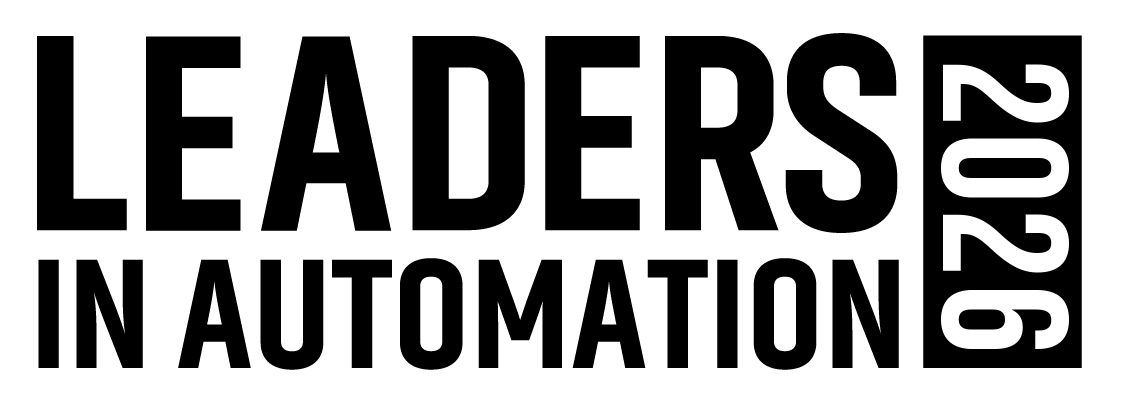Eventually, Ethernet and its basic protocols—transmission control protocol/Internet protocol (TCP/IP)—came to dominate business networking, and the company Metcalfe founded to exploit the technology—3Com—made him wealthy.
Meanwhile in the manufacturing world, visionaries began to explore how digital networking could benefit plants and factories. After an original dream of one network that would serve all purposes (sort of like the physicists’ dream of a Unified Field Theory), technologies and markets settled around a few networks designed especially for manufacturing. These were owned, not by individual companies, but by “open” organizations. Thus were born ControlNet, DeviceNet, Foundation Fieldbus, Interbus and Profibus, among others. In Japan, eventually, a network called CC-Link was developed and recently became an open standard as well.
The fieldbuses have served manufacturing well, but many dreamed of Ethernet as the Unified Field Theory for manufacturing networking. Some companies have used Ethernet alone as a fieldbus, but most of the current fieldbuses have an Ethernet implementation: EtherNet/IP for the DeviceNet buses, Foundation Fieldbus HSE (high-speed Ethernet), and Profinet for Profibus. Plus, CC-Link has an Ethernet implementation. In addition, there are two fieldbuses that are aimed at the original equipment manufacturer market with implementations for deterministic, high-speed communication required by motion control—EtherCat and Ethernet Powerlink.
The power of Ethernet is valuable for manufacturing—with or without another fieldbus.
For an interesting and informative podcast interview conducted by Automation World Editor in Chief Gary Mintchell with Paul Wacker of Advantech, covering the technology of Power over Ethernet, visit www.automationworld.com/podcast-4598.
About the Author
Gary Mintchell
Editor in Chief

Leaders relevant to this article:
